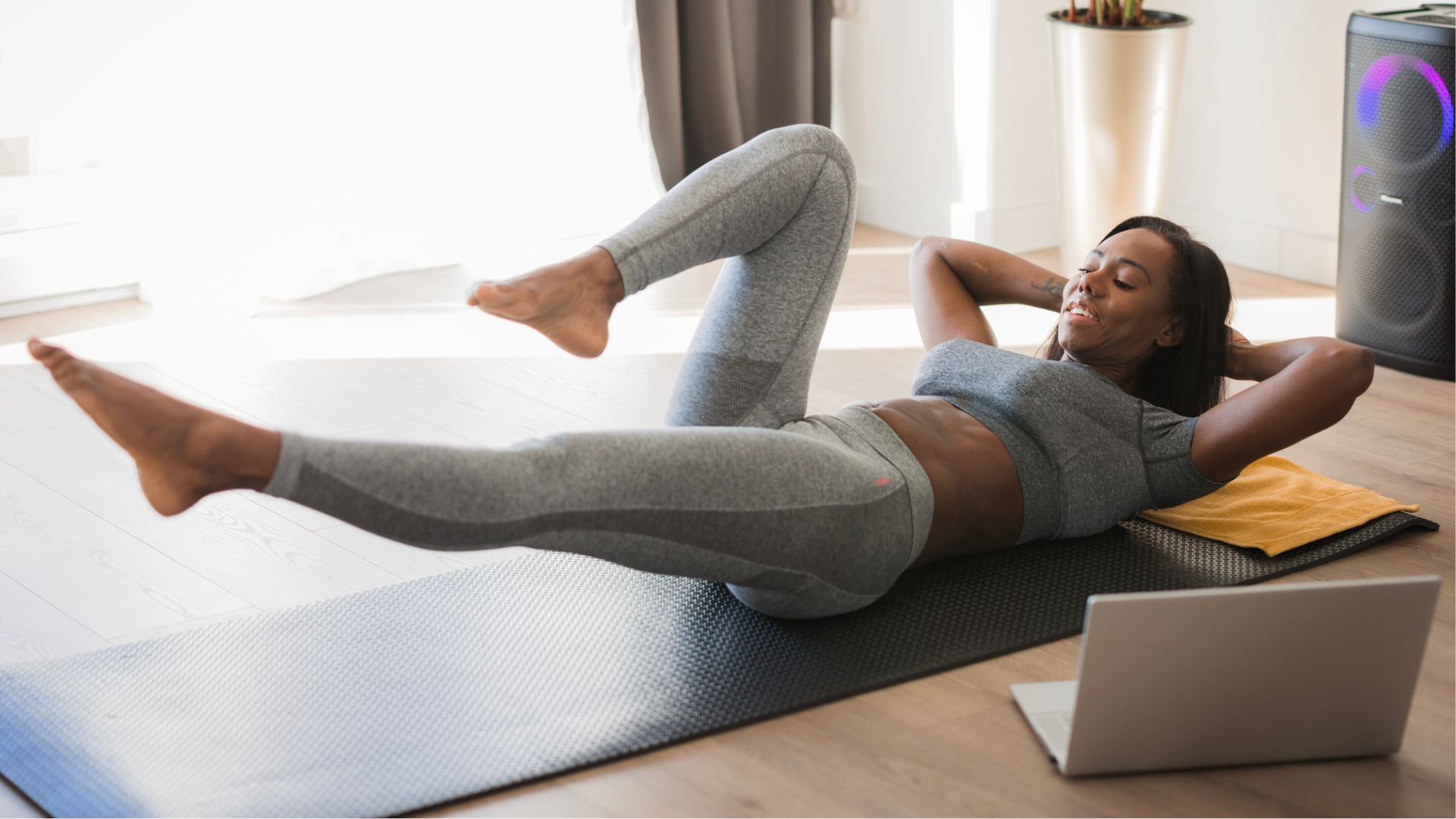An expert trainer says this functional core workout will make everyday tasks easier and reduce your risk of injury
Forget sit-ups, try this instead

If you regularly do sit-ups and crunches, but haven’t noticed any improvements in your core strength, you’re not alone. I’ve made the same mistake in the past.
These exercises are useful for targeting the rectus abdominis on the front of your stomach, but neglect other important muscles in the core, like your obliques, lower back, and pelvic floor.
Tess Glynne-Jones, a personal trainer and the founder of The Female Training Programme, says that a lack of proper core training is why so many people don't experience the benefits of good core strength in day-to-day life.
"Functional core strength allows us to complete everyday, real-world tasks efficiently while keeping risk of injury as low as possible," she explains.
Glynne-Jones has put together the below functional core workout, which replicates everyday movement patterns and works all of the core muscles simultaneously.
How to do Tess Glynne-Jones' seven-move core workout
A post shared by TESS GLYNNE-JONES (@tessglynnejones)
A photo posted by on
You don’t need any equipment to do this workout, although you may want to roll out an exercise mat or blanket to support your knees.
There are seven moves in the workout and Glynne-Jones recommends completing three sets of each to improve your functional core strength.
Start your week with achievable workout ideas, health tips and wellbeing advice in your inbox.
“Functional core strength is the ability of your core muscles to work together effectively,” says Glynne-Jones.
“It’s not just about having super strong abdominals, it’s about getting the entire core communicating to stabilize the spine and pelvis.”
The benefits of Tess Glynne-Jones’ core workout
I’ve been using this core workout for a couple of weeks and I’ve found it both effective and challenging.
It fires up all of my mid-body muscles while also demanding a lot of balance and stability, which is key to functional core strength.
Glynne-Jones explains that this workout is effective because it focuses on something called the core chamber, which is made up of four key components:
- The pelvic floor, the group of muscles at the base of your pelvis.
- The front wall of the core, made up of abdominal wall muscles, connective tissue, and the transverse abdominis.
- The back wall of the core, made up of the multifidus, erector spinae and quadratus lumborum muscles.
- The diaphragm, a muscle located at the base of the lungs. “Breathing throughout these core movements gets the diaphragm working in sync with the rest of the core,” says Glynne-Jones.
On top of this, this routine will also strengthen your obliques, which are the muscles down the side of the torso. “They’re major players when it comes to stabilization and are often neglected,” says Glynne-Jones.
Try doing this workout two to three times a week to see results.
Alice Porter is a freelance journalist covering lifestyle topics including health, fitness and wellness. She is particularly interested in women's health, strength training and fitness trends and writes for publications including Stylist Magazine, Refinery29, The Independent and Glamour Magazine. Like many other people, Alice's personal interest in combining HIIT training with strength work quickly turned into a CrossFit obsession and she trains at a box in south London. When she's not throwing weights around or attempting handstand push-ups, you can probably find her on long walks in nature, buried in a book or hopping on a flight to just about anywhere it will take her.
You must confirm your public display name before commenting
Please logout and then login again, you will then be prompted to enter your display name.